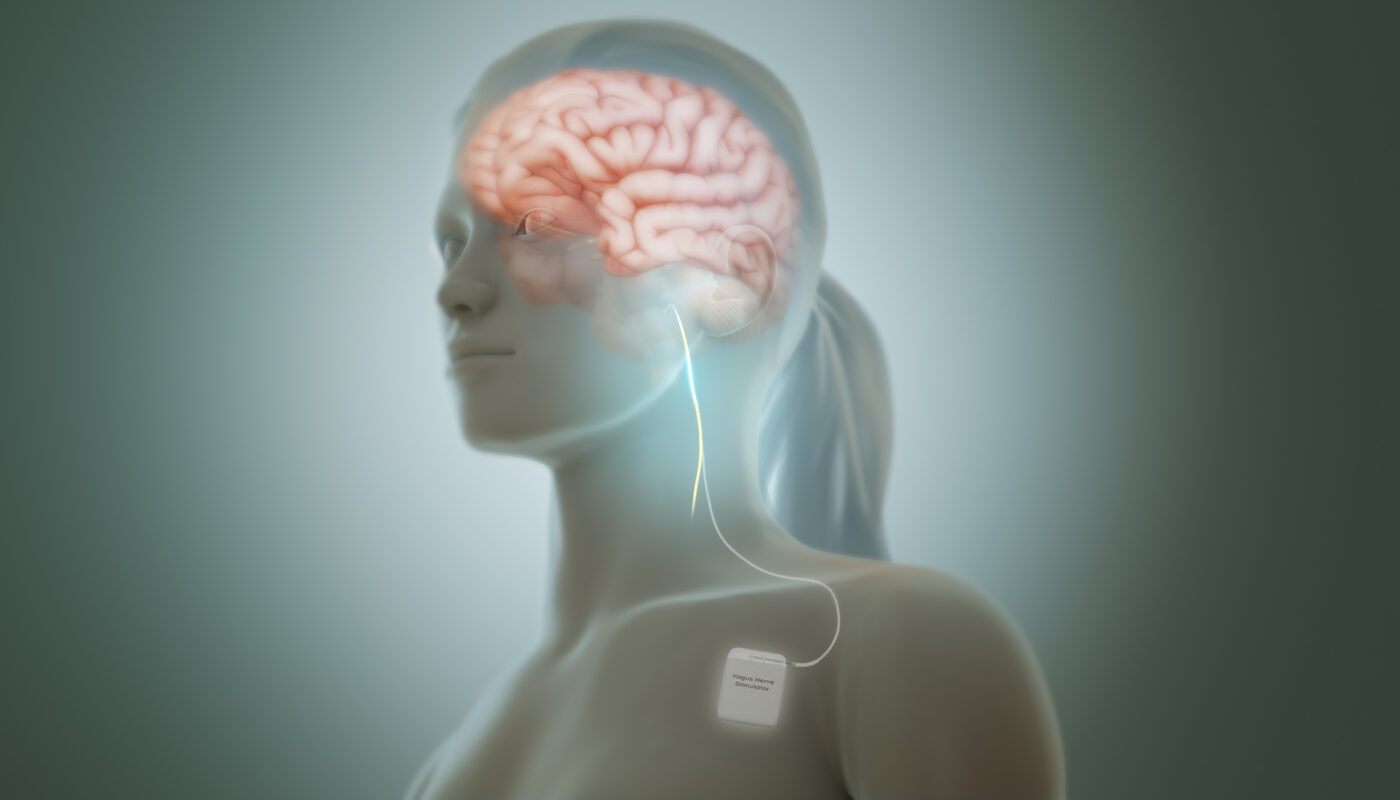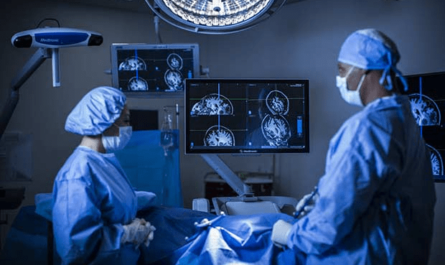The vagus nerve is a key part of the peripheral nervous system, extending from the brain stem down through the neck and trunk. It helps control important bodily functions such as heart rate, digestion and breathing. Vagus nerve stimulation (VNS) involves delivering regular, mild pulses of electrical current to the vagus nerve via a small device implanted in the chest. This stimulation disrupts electrical signals in the brain that can cause seizures.
How VNS Therapy Works
A typical VNS device consists of a pulse generator battery pack and connecting lead wire. The battery pack is surgically placed under the skin in the chest area, while the lead wire loops around and connects to the left vagus nerve in the neck area. The device is programmed to intermittently send mild electrical pulses to the vagus nerve 24 hours a day, 7 days a week. When vagus nerve signaling is disrupted in this way, it triggers changes in the firing patterns of neurons in the brainstem that help regulate seizures. This appears to disrupt the onset and spread of seizure activity in the brain. The pulses are not strong enough to cause any noticeable sensations.
Conditions Treated with VNS Therapy
VNS therapy is primarily used to help reduce seizure frequency in patients with partial-onset seizures that do not fully respond to anti-seizure medications. This includes many adults and children living with epilepsy that is difficult to control. The FDA first approved VNS as an add-on treatment for partial-onset seizures in 1997 based on its effectiveness in reducing seizures without intolerable side effects. More recently, the therapy has emerged as a promising option for some cases of treatment-resistant depression, migraine and cluster headaches as well. Clinical trials are also exploring VNS as a potential aid for various neurodegenerative disorders.
Benefits of VNS Therapy
For epilepsy patients who receive Vagus Nerve Stimulators implant surgery, the most commonly reported benefit is a reduction in seizure frequency over time. According to published studies, about 50% of patients see a greater than 50% decrease in seizures, while 25-30% become seizure-free. Responses tend to be gradual, building up over months of continued therapy as the brain adjusts. For depression, key benefits demonstrated in clinical trials include notable improvements in depressive mood and reduced symptoms. Researchers believe VNS may help regulate some of the same brain circuits and neurotransmitters like serotonin that antidepressant medications target. VNS is also generally well-tolerated long term with mild side effects.
Potential Risks and Side Effects
As with any surgical procedure, there are inherent risks to receiving a VNS implant such as bleeding, infection and nerve damage. Hoarseness or sore throat is the most frequently reported side effect during stimulation, occurring due to irritation of the vagus nerve which controls muscles of the larynx. Other potential adverse effects can include shortness of breath, worsening of depression, headaches and accelerated pulse. Complications requiring explant surgery arise in only 1-4% of VNS patients based on post-approval studies. Overall, the therapy has an excellent safety record. Most risks and side effects resolve once stimulation parameters are adjusted properly for each individual patient after implantation.
Optimization of Therapy and Follow Up Care
Key to maximizing the benefits and minimizing side effects of VNS is careful programming and adjustment of the device’s output parameters by a neurologist or epileptologist. Stimulation is gradually increased over several office visits to find a patient’s ideal therapeutic range. Follow up care is also important for monitoring seizure frequency, side effects and any needed device replacements as batteries deplete every few years. Regular MRI scans are possible, though the magnet needs to be turned off when passing through the machine. With proper programming and management, VNS provides a generally well-tolerated, long term option for reducing seizures and improving quality of life in many patients.
Latest Advances and Research Directions
Research continues to advance our understanding of how exactly VNS modulates neurotransmission in the brain to exert its therapeutic effects. Studies investigate factors like optimal lead placement and stimulation parameters. Newer generators offer more programs and options for personalizing treatments. Ambulatory VNS systems without implanted batteries are being developed for portable outside-the-body use. Some envision future closed-loop systems like heart pacemakers that automatically detect and respond to seizure activity in real time. VNS has also shown promise for other conditions and has expanded commercial approval to include select cases of depression, adding to its role as an emerging therapy. Overall, VNS represents an important tool for clinicians managing many difficult to treat neurological and psychiatric disorders.
*Note:
1. Source: Coherent Market Insights, Public sources, Desk research
2. We have leveraged AI tools to mine information and compile it



